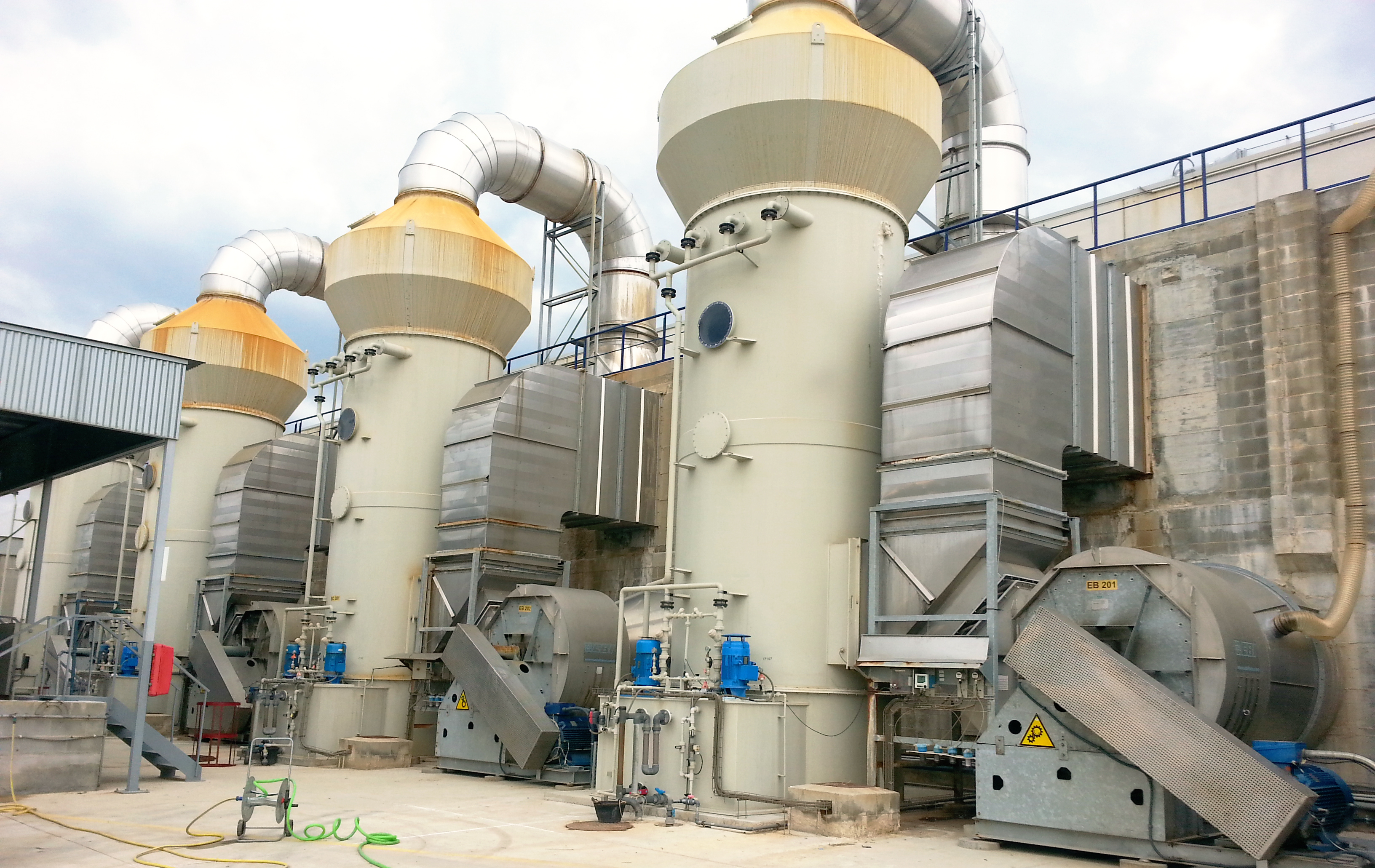If you have any knowledge about how motors and electric engines work then you would know why are electric motors important? Electric motors are the most effective way to store the energy in large quantities. This means that it can be used not only for commercial purposes but also for residential homes, remote villages or farms.
We all need power to keep our homes up and running, we need electricity for lights, refrigerators, air-conditioners, computers and many more devices. Electric motors transport electricity from power stations to your house, and they do it very efficiently. You will notice that the large power plants that send out huge amounts of electricity to our homes or to our businesses have huge industrial engines. These motors convert energy into motion, which is then used to power various tools and machines in our homes. If we continue to use this kind of power then there is no doubt in my mind that we will eventually face a critical shortage of energy and electric shocks will be in plenty.
Large corporations have recently come up with better ways of storing their electricity. One such system uses wind turbines to generate electricity. They can also produce this electricity at their own factories and produce even more than what they need. All these electrical motors are very efficient and are highly environmentally friendly. As our planet becomes more crowded with human traffic, we need to be better aware of the impact of our actions on the environment.
How do motors work?
So, how do motors work? Well, a simple electric motor has a large coil or long wire looped on both sides of a magnet called an arbor. The arbor becomes an electromagnet if electricity passes through it; then, the wire loop results in a current that runs through the motor. The arbor is connected to a motor that is turned by turning the electricity in the motor.
How do motors work when they have to deal with electrical currents? In order to understand how motors work, you must know a little bit about how magnets work. Like I said, a basic motor is composed of a large coil of copper wire wrapped around a large magnet and protected by a strong force field. The current in this wire is also controlled by a large number of magnets that each have a different polarity. When the current starts flowing (the motor starts), the magnets push on the copper wire and cause the coil to be pushed into one of the arms of the arbor.
Now, let’s look at how a DC motor works. In a DC motor, the magnetic field is induced into the magnet and the wire is forced into a wound shape so that it pulls the axle of the spindle along the shaft. The amount of torque that is applied to the axle is controlled by a combination of the amount of mechanical energy and the angular momentum of the motor. In order to get an understanding of how to do motors work, it helps to know how the energy and angular momentum are defined. Energy is a change in a potential quantity as measured against a time, which can be in either direction. Angular Momentum is the angular motion, i.e., the rotation or movement, of any object about its axis of spin.

How are motors used in everyday life?
How are motors used in everyday life? How do they work? How are they classified as being separate from other forms of energy, such as heat or light energy? The very definition of a motor is “A machine that controls movement.” And by that definition – it means any moving thing with an engine – as in the car, train, boat, plane… you get the picture.
As far as the function of these engines are concerned, it’s simply to move things “forward,” whether that be on a building site, through the shaft of an engine, or in our car or truck or any other vehicle. We harness the power of engines to move things and people and other things move by way of wheels and pistons driven by an engine. In the past, engines were stationary and today they are not…at least most of the time.
How are motors used in everyday life? A motorized vehicle is a motorized device that is self-contained that is capable of moving itself and not the driver. The term ‘motor’ typically refers to any type of engine other than an engine, which is a machine used to generate mechanical energy for other machines, humans and materials to work with. Moving things by means of motors is done in our day-to-day lives, whether it’s pulling your car across the lawn or the shuttle bus carrying you to work, the principle is still the same – move a motor, and the machine or person using it will move.

